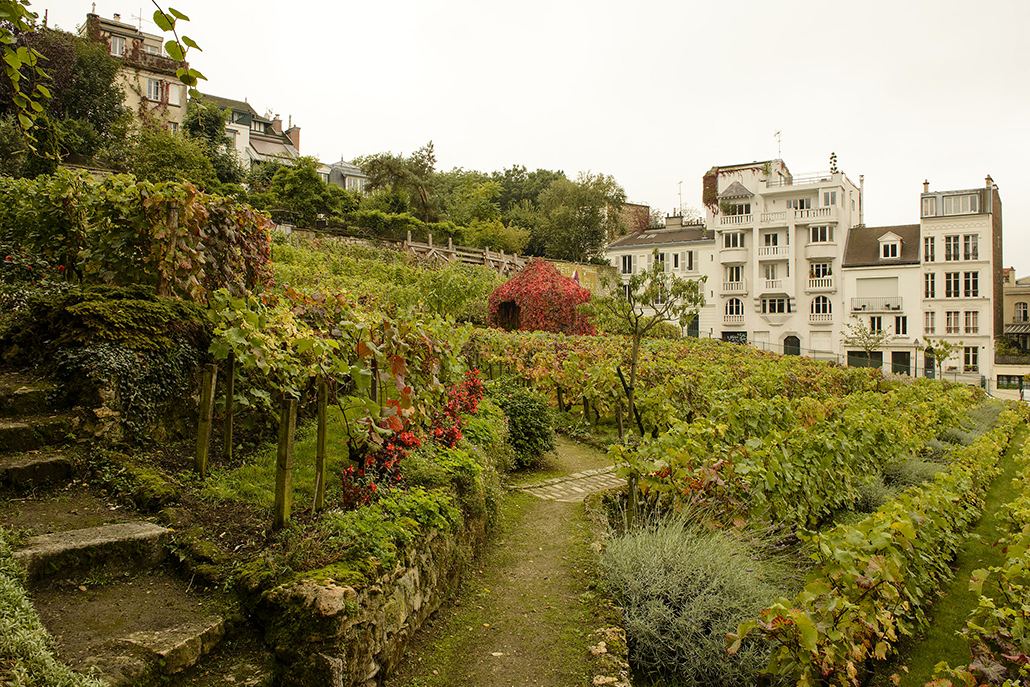Terroir is that baffling French term you often encounter with wine. There is another French term that sums up the meaning of terroir—je ne sais quoi [something that cannot be fully described or expressed].
In broadest terms, terroir means an entire combination of factors—soil, climate, sunlight, people working the vineyard and the winery, natural yeasts, water, the kitchen sink. That confusing combination of factors makes wine from one place different than wine from another place. Typical wine snob nonsense, right? Well, it turns out hard science has proved there is something to it.
In a recent report in the journal Communication Chemistry, Dr. Alex Pouget, a computational neuroscientist and his colleagues at the University of Geneva, decided to test if a computer could pinpoint estates in Bordeaux based only on a particular wine’s chemical makeup determined by gas chromatography, a method for breaking down substances into their molecular components.
The scientists trained an algorithm to seek common patterns in the chemical fingerprints from a database of 80 wines of various vintages from seven Bordeaux châteaus. The results shocked the scientists. The model identified wines in distinct groups that nailed their exact locations in Bordeaux. Voila! Terroir!
The research showed particular qualities of vineyard locations dramatically influenced the wine’s chemistry. Terroir worked on the molecular level, just as winemakers and wine writers have been noting for centuries. In fact, all the wines tested were part of the 1855 Bordeaux classification system that was based on—wait for it—terroir.
The scientists anticipate replicating results elsewhere, given large enough databases and strict controls. Many wines are made from grapes from several different vineyards, so terroir is not a factor, and no winemakers or wine writers claim such. But wine made from grapes from a specific place? That can be specifically identified according to folks with white coats, advanced degrees, and a gas chromatograph.
It remains to be tested what, if any, bottle age may affect results. But now, if you believe in science, there is hard, empirical proof that “terroir” is not hoity-toity wine hokum.
Tasting notes:
• Comtesse de Malet Roquefort Bordeaux Rouge 2020: Supple, sauve, soft, juicy, fresh Right Bank mostly merlot. $15-18 Link to my review
• Bryn Mawr Vineyards Pinot Noir, Willamette Valley, Oregon 2019: Delicious, delicate—as superb pinot noir should be. Excellent, affordable example of Oregon pinot. $27-32 Link to my review
• Dutcher Crossing Proprietor’s Reserve Dry Creek Valley Zinfandel 2018: Smooth, balanced, delicious celebration of dark fruits and zin personality. Significant alcohol. $36 Link to my review
Last round: Dogs prepare you for babies. Cats prepare you for teenagers. Wine time.


